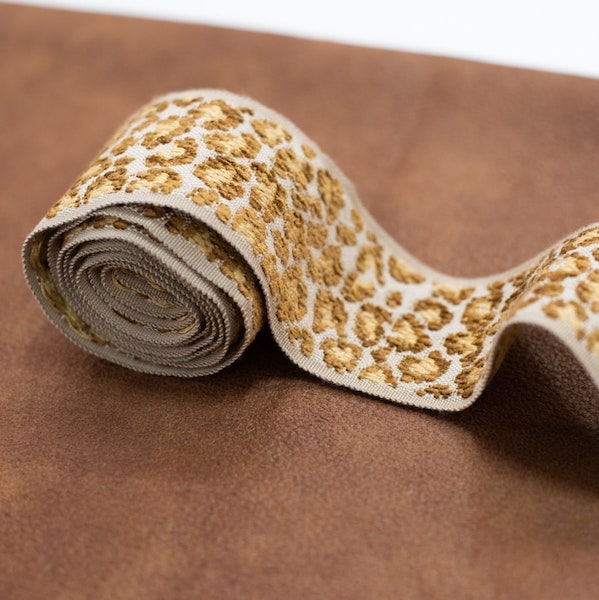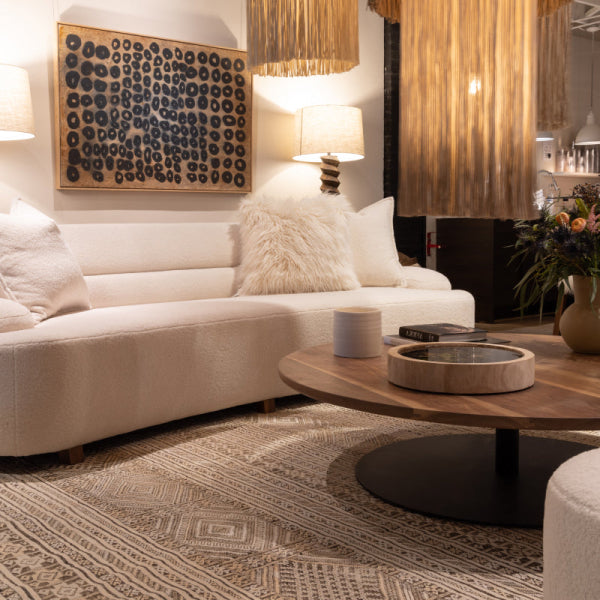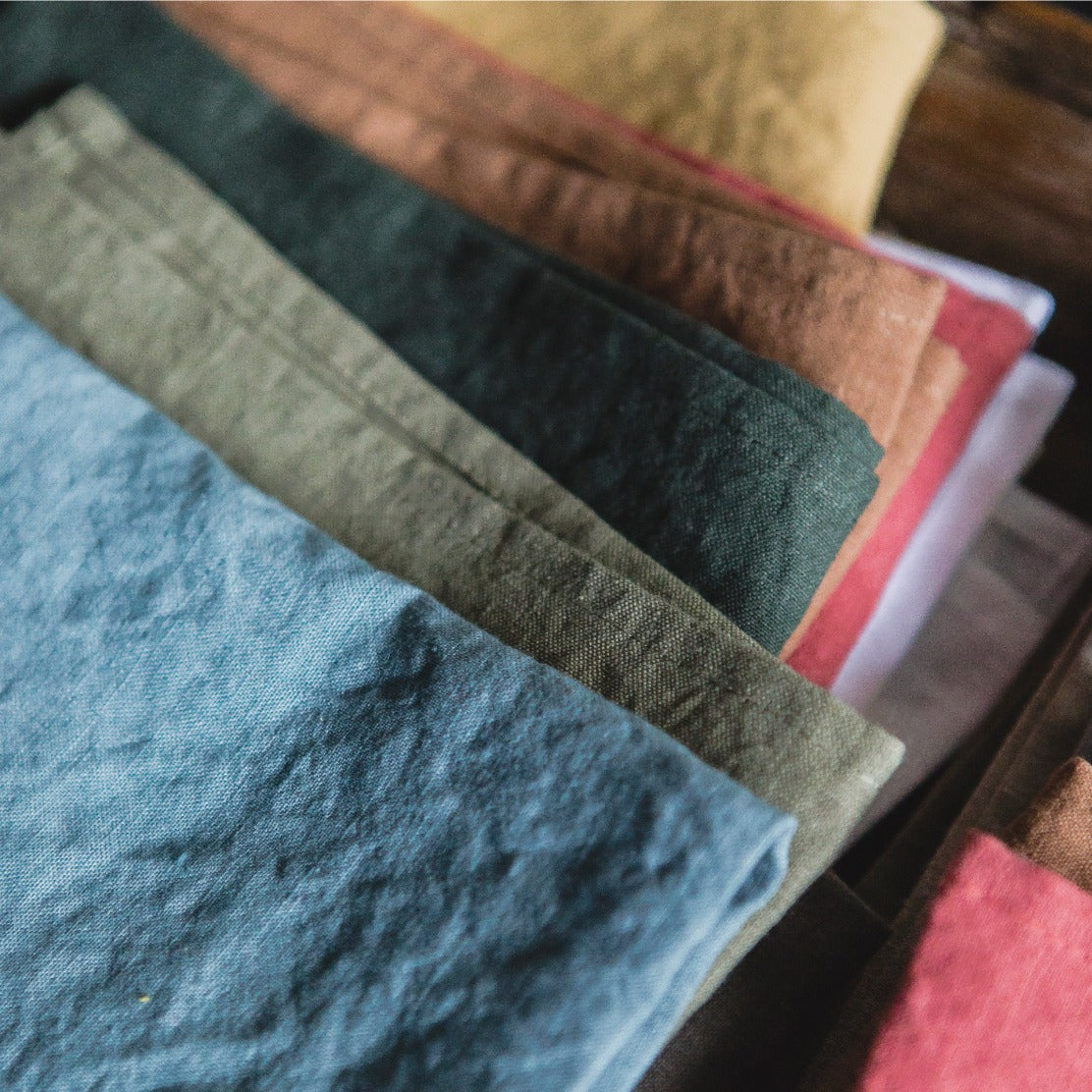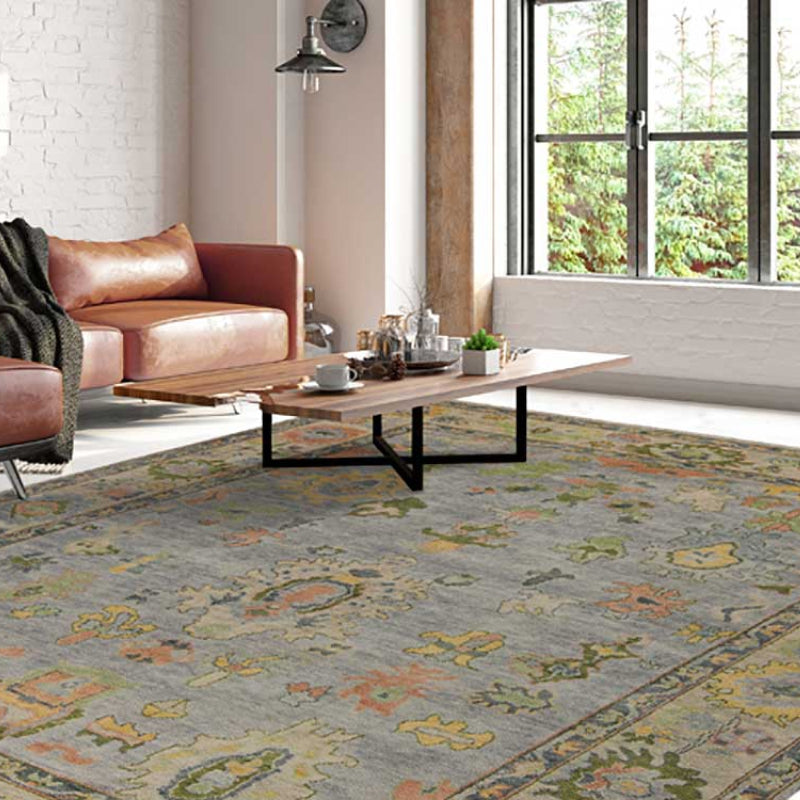To line or not to line, that is the question. As it relates to draperies, that is! Let’s talk about when and why you may want to line your draperies, and what types of linings there are.

Functional Reasons to Consider Lining Your Draperies
Lining your draperies serves many functional purposes. Consider where in your home the window treatment will be and how that space will be used when weighing the importance of the following potential benefits:
- Light Filtering – From a soft filtering of light to completely blocking it out, lining can help you achieve exactly what you want for the room.
- Protection – Linings help protect the face fabric and your furniture from sun and moisture damage and staining, extending the lifetime of both.
- Insulation – Interlining helps regulate temperature and dampen noise
Aesthetic Reasons to Consider Lining Your Draperies
Function aside, achieving the look you want for your space is the most important thing when considering window treatment options. Lining your curtains offers these benefits when finding the right combination to set the perfect mood for your room:
- Fabric drapes more nicely – Lining can be an essential part of ensuring your chosen fabric has a finished look that lives up to what you envision. Linings on lightweight fabrics ensure they hang well. Thicker fabrics are given an extra boost, resulting in a more tailored effect.
- Consider the outside view – lining gives windows a uniform look that is as lovely from the front lawn as it is inside
- Adds weight – lining can add fullness and make it easier to achieve well-defined pleats, creating a richness in the final look
- Provides a richer color for the face side of your fabric – some fabrics may appear washed out during the daytime when the sun shines full on them. Lining will add opacity, lending a rich color to the face side of your custom curtains.
Different Types of Drapery Lining and Benefits of Each
Standard Lining – standard linings come in cotton, polyester, or a blend and are generally offered in white and an off white or ivory. Decide whether you want a sateen finish or not. 100% cotton sateen lining is a popular choice for standard lining because it hangs so well, is durable, and is easily cleaned.
Bump/Interlining – This is thin layer of lining that is sewn between the facing fabric and the lining. It adds an extra layer of protection against harsh sunlight and has an insulating effect that helps keep the room cool in summer and warm in winter, reducing energy costs.
Blackout Lining – This lining completely blocks out light, making it vital for bedrooms, especially if light sensitivity and irregular sleep schedules are a concern.
When Lining Your Curtains Is Definitely Advisable
- In areas with lots of sun exposure, especially with West or North facing windows
- In areas with lots of exposure to moisture and humidity, such as bathrooms and kitchen windows near appliances
- In any room where privacy is needed
- In spaces where light and noise reduction are important, like the bedroom or entertainment areas
When Should I Not Line My Curtains?
Spaces with intentionally sheer window treatments do not require lining. Sheers are a great option when only minimal light filtering is desired and for creating whimsical window treatment that are purely decorative. Here are a few examples of when you may opt for sheer window treatments:
- Windows on doors leading out to areas that are already private like the back yard
- Breakfast nooks and sitting areas where maximum light is optimal
- Rooms with few windows benefit from maximum light, as it keeps the room from feeling too closed off
Putting It All Together
Custom window treatments balance beauty and function and enhance the enjoyment of your home. Lining can be an essential part of ensuring the longevity of your investment.






















